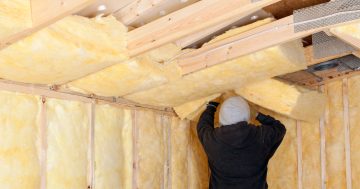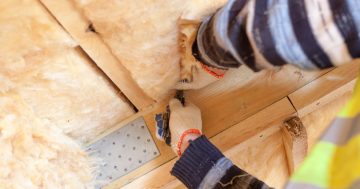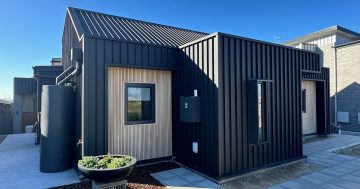Today’s post is about the Federal Government’s ceiling insulation subsidy scheme. There are two of them – one for home owners and one for renters – offering a subsidy of up to $1600 towards the cost of installing ceiling insulation. It’s part energy efficiency feel-good factor, part economic stimulus for household trades.
You would think Canberrans would be prime takers of this sort of thing – we vote light-Green, we have a pretty extreme climate and lots of energy inefficient housing (although, surprisingly, the ABS says that nearly 80% of Canberra homes are insulated. Now, either the insulation is not fit for this location or the law of averages has not caught up with many landlords yet).
Anyway, are Canberrans taking advantage of the Government’s current largesse?
I haven’t been able to find any statistics for the ACT take-up under the schemes; although so far nationwide more than 25000 homes have had insulation installed under the schemes.
There have also been media reports recently in other places about supply and skills shortages leading to profiteering and shonky work by some tradies who sign up to the scheme. (You can read all about it here, here, and here.)
Have Rioters have taken advantage of the scheme? Can you please comment on your experience?
Can you recommend any tradies or have you had any British backpackers crawling around in your roof cavity?
Is your home more temperate? Are your halogen downlights blowing more often? Is your household energy bill lower?
Do you care?





















